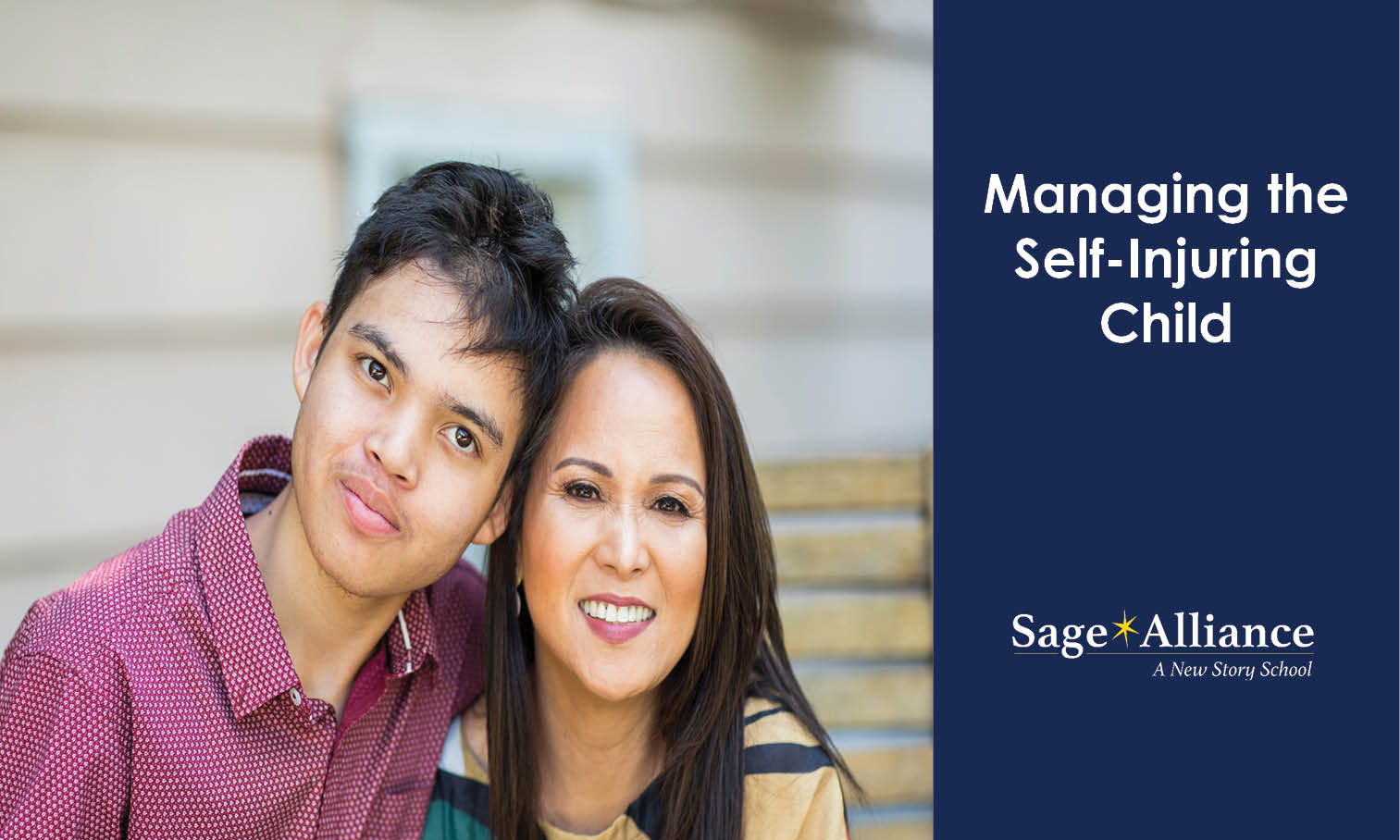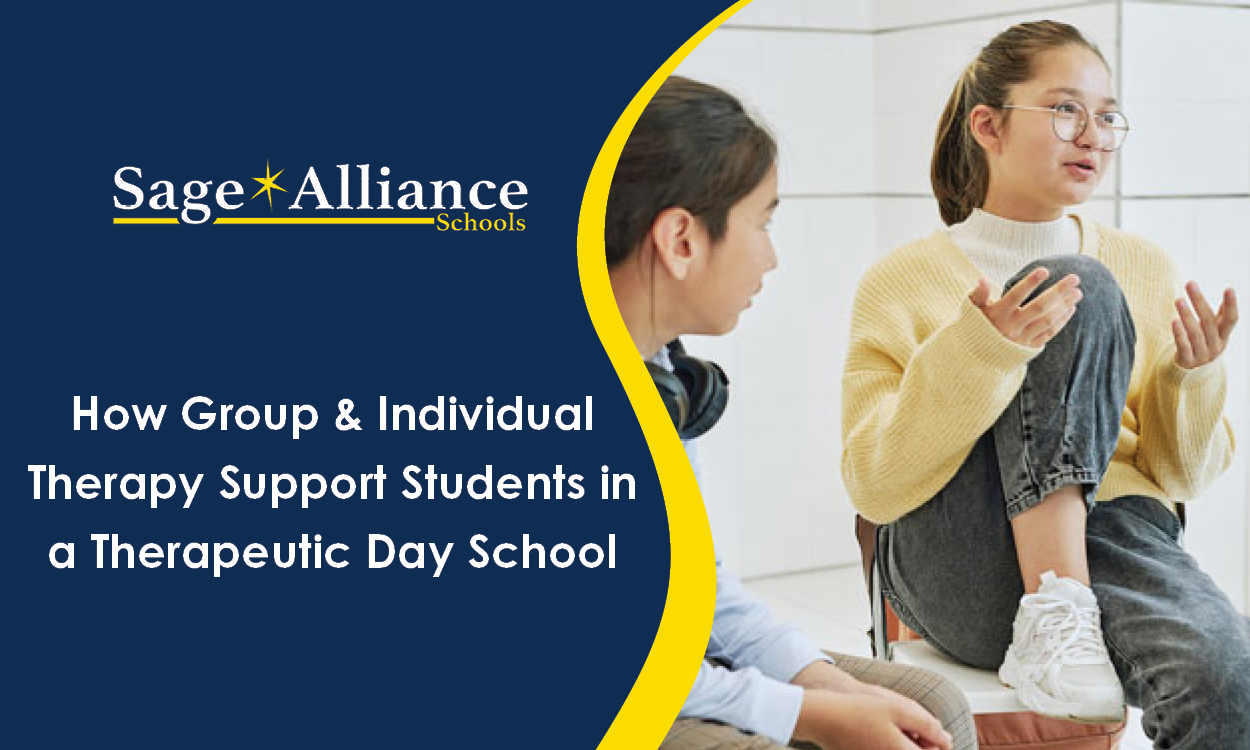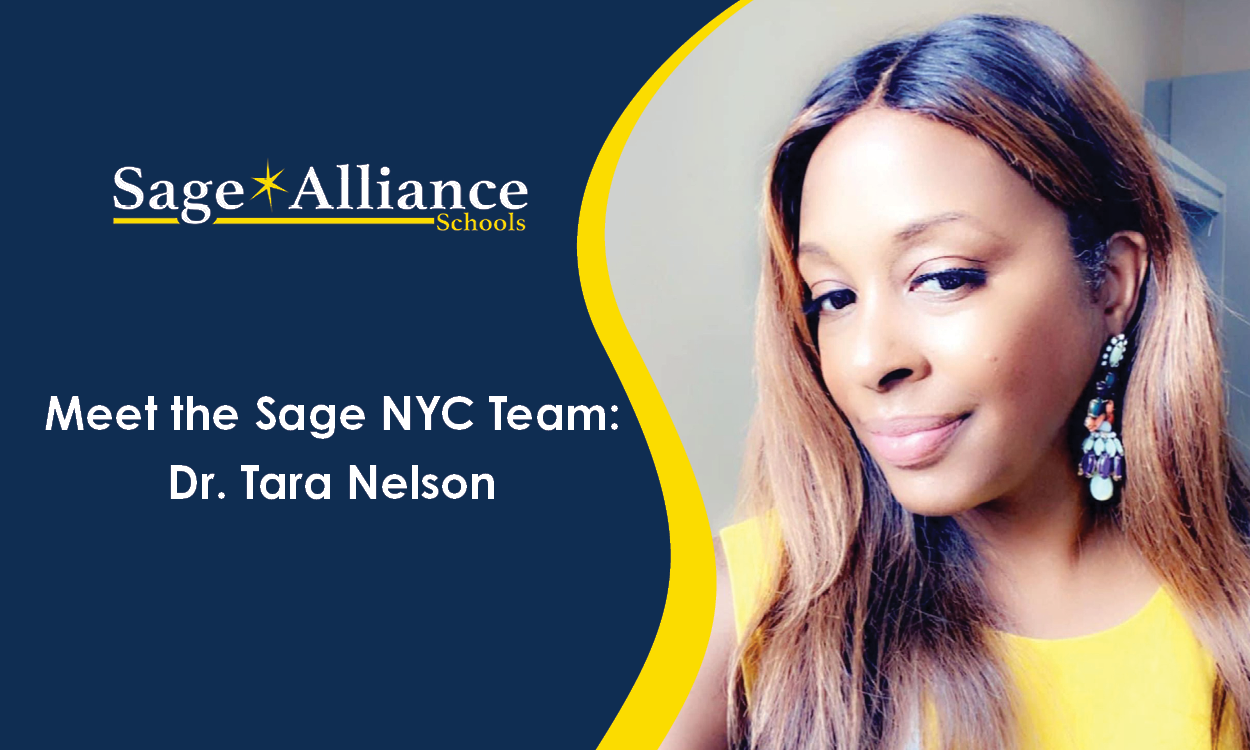Managing the Self-Injuring Child
Posted: November 11, 2013 | Written By: | Category: Emotional Health

Self-injury—the intentional harming of one’s own body—usually begins between the ages of 11 and 15. It is done to relieve emotional pain, anxiety, or stress.
Although it can be a risk factor for suicide, self-injury is not typically suicidal behavior. Rather, it is a form of self-soothing (as strange as that sounds) and it is often referred to as “non-suicidal self-injury” or NSSI. Adolescents who engage in NSSI generally have hyper-reactive emotions or have been raised in or live in emotionally chaotic environments. Sad to say, there is also a high correlation between childhood sexual abuse and self-injurious behaviors—nearly 50 percent of all cases. Existing mental health problems such as depression or obsessive-compulsive disorder may lead to NSSI.
Self-Injuring Across Genders
Approximately two million cases are reported every year in the U.S and there has been a two-fold increase of reported cases since 2007. These behaviors are increasing among males.
Between 17 and 28 percent of teens report having participated in NSSI. Some teens do this to themselves regularly while others do so in the moment to relieve emergent feelings of stress.
-
9 percent of girls engage in self-injury, primarily through cutting on the arms, wrists or legs; some also cut on their breasts, genitals, thighs, or stomachs.
-
The incidence among boys is 6.7 percent, usually through self-hitting or burning.
-
Other types of behaviors are scratching, picking at the skin, biting, and pulling out the hair.
Although many cases are related to abuse or highly charged emotions and home environments, other stressors (social, academic, or calamitous in nature) may come into play such as pervasive low self-esteem, feelings of loneliness or fear, eating disorders, or impulse control problems. More incident-related stressors may include:
-
Fights with friends
-
Social ostracizing
-
Family problems/loss – separation, divorce, death of parent/caregiver, substance abuse
-
Important tests, academic pressure
-
Performance anxiety — recital or play
-
School dance
-
Peer pressure
-
A serious accident
Many studies have linked self-injurious behavior to dissociation, and cutting may provide some relief from the dissociative state. The appearance of blood is visible proof that the person is alive, which draws her out of the dissociative state.
Signs of Self-Injury
Self-injuring teens don’t know how to ask for help or who to ask. However, this behavior may draw the necessary attention to lead to their counseling and recovery. Parents, teachers, and administrators should be aware of several warning signs—emotional and physical, obvious or hidden—that an adolescent may be self-injuring.
-
Unexplained injuries (cuts, bruises, scratches, burns)
-
Excuses or acting embarrassed about injuries when discovered
-
Hiding injuries with long sleeves or long pants (even in warmer weather)
-
Withdrawn, secretive behavior
-
Spending time with other self-injurers (in person or online)
-
Trouble concentrating at school or work
-
Difficulty with personal relationships
Treatment of Self-Injury or Self-Mutilation
Because of the quick-fix, anxiety-relieving nature of NSSI it can become addictive, but it is treatable. When treated, most cases resolve by young adulthood. However, if left untreated, NSSI may continue into adulthood, especially among females.
If the teen is already in therapy for self-injury, he/she needs a lot of emotional support through the healing process; parents should make sure that the school administrators and school psychologist are aware of the situation. However, if the problem emerges outside of therapy—in the home or in school—here are some steps that parents and school districts should take.
Advice for parents:
-
It’s difficult to acknowledge your child is hurting himself but try to talk calmly and directly about the issue and its cause.
-
Seek counseling for your teen to work through his/her issues and develop healthy ways to cope with stress and anxiety.
-
Encourage your child to find safe outlets to relieve stress such as journaling, physical exercise/sports, or playing a musical instrument.
-
Talk to your teen about avoiding websites, music, videos, or other people that glorify self-injury.
-
Don’t hesitate to seek professional help for your own feelings about the situation.
For school districts:
NSSI may come to light in the school before it is recognized in the home. Fellow students or faculty may be the first responders to the problem so having policies and procedures in place are important.
At Sage Day schools, we see many students who are vulnerable to or engage in self-injuring behavior, and who are enrolled in our schools because of the therapeutic environment we provide. We have developed protocols to deal with this and to support students who are in counseling and recovery.
-
If a student reveals the behavior to a teacher or administrator, take him to the school office right away.
-
Check to see if first aid is required; administer if needed.
-
Inform the district’s embedded therapist or contact the school psychologist.
-
Assess the immediacy of risk.
-
Have the student empty, and then school officials assess all contents of student’s locker, desk, or backpack.
-
Confiscate any items that can be used for self-injury.
-
Contact the parents/guardians. Make a plan with parents for safe and supervised travel between home and school.
-
Ensure that a plan for counseling is in place with a therapist experienced in working with self-harming behavior.
-
Inform the student’s teachers so they may be aware of warning signs and support the child through recovery.
Self-injuring adolescents need to find safe, healthy outlets for their frustrations, anxiety, and stress. In addition to therapy and parental support, schools can be an active partner in helping these vulnerable teens. The clinical professionals at Sage Day offer training and consultation for districts to support students and their families who are facing NSSI.
Want to be notified of new articles and resources from Sage Alliance? Click here to submit your email and opt into our newsletter.









